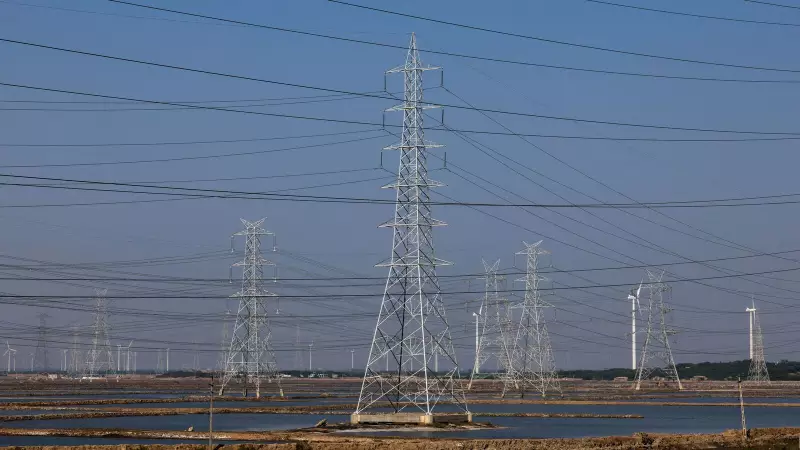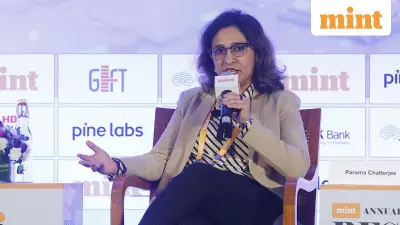
In a bold move to revitalize India's ailing power distribution sector, the government has rolled out a comprehensive ₹2.44 lakh crore debt restructuring package for electricity distribution companies (discoms). This massive financial intervention comes with stringent reform requirements that could transform the country's power landscape.
The Financial Lifeline: Understanding the Scheme
The ambitious scheme allows state power distribution utilities to clear their outstanding dues to power generation and transmission companies through long-term loans. These loans will be facilitated by Power Finance Corporation (PFC) and REC Limited, with repayment periods stretching up to 10-12 years.
Key features of the restructuring package include:
- Conversion of existing discom debts into state government loans
- Mandatory installation of smart prepaid meters for consumers
- Regular tariff revisions to reflect actual costs
- Reduction of Aggregate Technical and Commercial (AT&C) losses
- Implementation of corporate governance reforms
The Privatization Push: Following Delhi's Success
Drawing inspiration from Delhi's successful power distribution model, the government is actively promoting privatization in Union Territories. The national capital's transformation under private discoms like BSES Rajdhani Power Limited and Tata Power Delhi Distribution Limited serves as a blueprint for other regions.
"The Delhi model has demonstrated that private sector participation can significantly improve operational efficiency and customer service," noted a senior power ministry official.
Strict Timelines and Consequences
States and Union Territories have been given clear deadlines to implement the reform measures. Union Territories must complete the privatization process by January 2024, while states failing to meet reform milestones risk losing access to the restructuring benefits.
The scheme operates on a "perform or perish" principle, where continued financial support depends directly on achieving predefined reform targets and loss reduction goals.
Broader Sector Impact
This comprehensive approach addresses multiple pain points in the power value chain:
- Generation Companies: Timely payments for power supplied
- Distribution Companies: Financial stability and operational efficiency
- Consumers: Improved service quality and reliable supply
- Financial Institutions: Reduced non-performing assets in power sector
The success of this initiative could mark a turning point for India's power sector, potentially ending the cycle of debt and inefficiency that has plagued distribution companies for decades.





